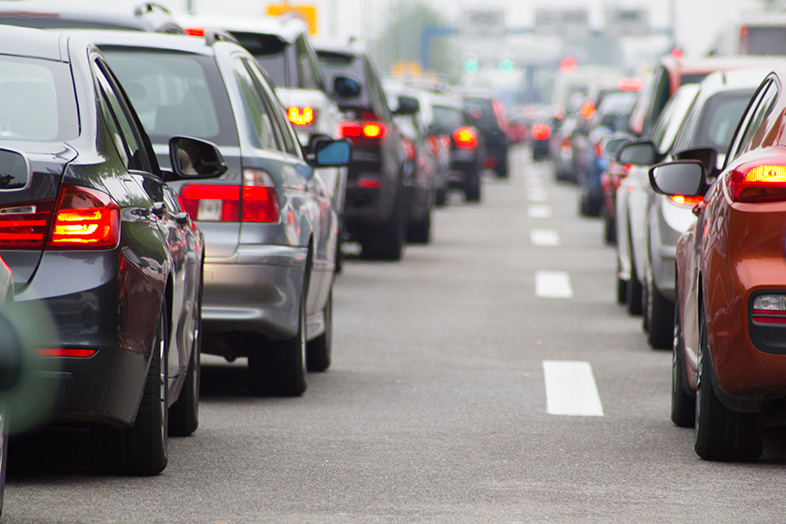
If you live in a rural area, one of the benefits is that you often have a greater sense of safety. This applies to roads, where there is less traffic than in suburbs and large metro areas and we often feel safer than if we were in the middle of a traffic jam.
But does that sense of safety match reality? Are rural roads really safer than packed urban freeways and city streets?
If you judge safety based on the number of fatalities, the answer is no, rural roads are NOT safer. While approximately 20 percent of the population of the United States lives in rural areas, more than half of all traffic fatalities occur on the nation's six million miles of rural roadways. While that number may be shocking in 2017, it used to be even worse. As recently as 2004 rural roads accounted for nearly 60 percent of all fatal accidents.
Why Are Rural Roads So Deadly?
If there aren't as many cars as in rural areas, which also means there aren't as many opportunities for accidents to happen in the first place, why is this fatality rate so high?
According to data from the National Highway Traffic Safety Administration (NHTSA) a variety of factors contributed to the deadly nature of rural roads. These include:
Speeding: Nearly a third of all fatal accidents in rural areas involved speeding. This is higher than the 28 percent of fatal crashes in urban areas that also involved high speeds. One possible conclusion to draw is that rural roads are more open and free from traffic, which could encourage faster driving.
Seat Belt Usage: More than half of rural vehicle fatalities occurred when the person was not wearing a seat belt. In contrast, 46 percent of urban fatalities involved an unrestrained driver or passenger. Pickup truck occupants receive special attention in the NHTSA data, as 64 percent of rural pickup truck driver and passenger fatalities involved a lack of seat belt use.
Alcohol Use: Compared to other factors, alcohol use was approximately even between rural and urban area fatalities. In both areas, 31 percent of fatal crashes involved alcohol use.
How Does Rural Wisconsin Compare To Other States?
Data about rural Wisconsin fatalities makes rural roads seem even deadlier than the national averages suggest. In Wisconsin, 66 percent of traffic fatalities occur on rural roads, while 33 percent occur on urban roads. While part of this difference is due to Wisconsin having a significant rural population, it is somewhat shocking nonetheless.
There are 18 states that have even higher percentages of rural versus urban fatalities, led (unsurprisingly) by Montana, where 98 percent of fatalities occur on rural roadways. The safest rural area for drivers? Rhode Island, where only eight percent of traffic fatalities occur in rural areas.